|
The earliest mention of the Castle of the Vultures appears in a book written by Julian, Bishop of Toledo, sometime around the year 674 CE. He calls it Vulteraria, but now it is known as the Château d’Ultréra. Soon after the 1659 Treaty of the Pyrenees transferred sovereignty of the surrounding area from Spain to France, the castle was destroyed. Today, only hikers and rock climbers visit this rocky spur otherwise best suited to birds of prey. The ruins may be meagre, but the panorama encompasses the Canigou, the Roussillon plain, the Mediterranean coast and the desolate mini-mountains of the Albères. I too enjoyed these views, and I spotted the 13th-century Massane watchtower on an even higher summit to the east, but my main motivation was the story told in Julian of Toledo’s ancient book, The History of King Wamba, the last great king of the Visigoths. Few physical traces of the Visigoths have survived on the north side of the Pyrenees, even though they ruled most of the south of France throughout the 5th century, and all the land you can see from the Château d’Ultréra for two more centuries until the Moors arrived. Although the Romans built a tower on this site, most of what we can see today is thought to have Visigoth origins. It was captured by King Wamba in the second year of his reign. A reluctant Wamba ascended the throne in September 672. Visigoth kings were often chosen by the elite of the realm, and in Wamba’s case, the nobles had to threaten him with death if he did not accept the crown. This forced accession took place in north-western Spain in the town of Gérticos, but the municipality has since renamed itself Wamba. The new king’s reign started badly. Immediately, he was obliged to march north-east from Gérticos, or Wamba, to the western end of the Pyrenees to confront a revolt by the Vascons, or Basques. While there, he received more bad news, this time from the eastern extremity of his kingdom. The governor of Nîmes had rebelled and been joined by several bishops and nobles. Wamba duly dispatched one of his generals, Paulus, and a large contingent of troops to put down the eastern rebellion, but when Paulus reached Nîmes he switched sides and conspired to have himself declared king.
What awaits you at the top of the last few steps to the summit? The remains of a keep, a church, a gateway, various sections of defensive walls, and fine views. Wamba was more fortunate. He found much gold and silver in the castle, and he shared it among his troops. From the Castle of the Vultures, they marched north. With maritime support, Wamba and his army retook town after town from the rebels and pursued Paulus all the way to Nîmes where the rebellion was crushed in September 673 CE. Paulus was spared execution and probably died in prison some years later.
0 Comments
Leave a Reply. |
Colin Duncan Taylor"I have been living in the south of France for 20 years, and through my books and my blog, I endeavour to share my love for the history and gastronomy of Occitanie and the Pyrenees." |
||||||||||

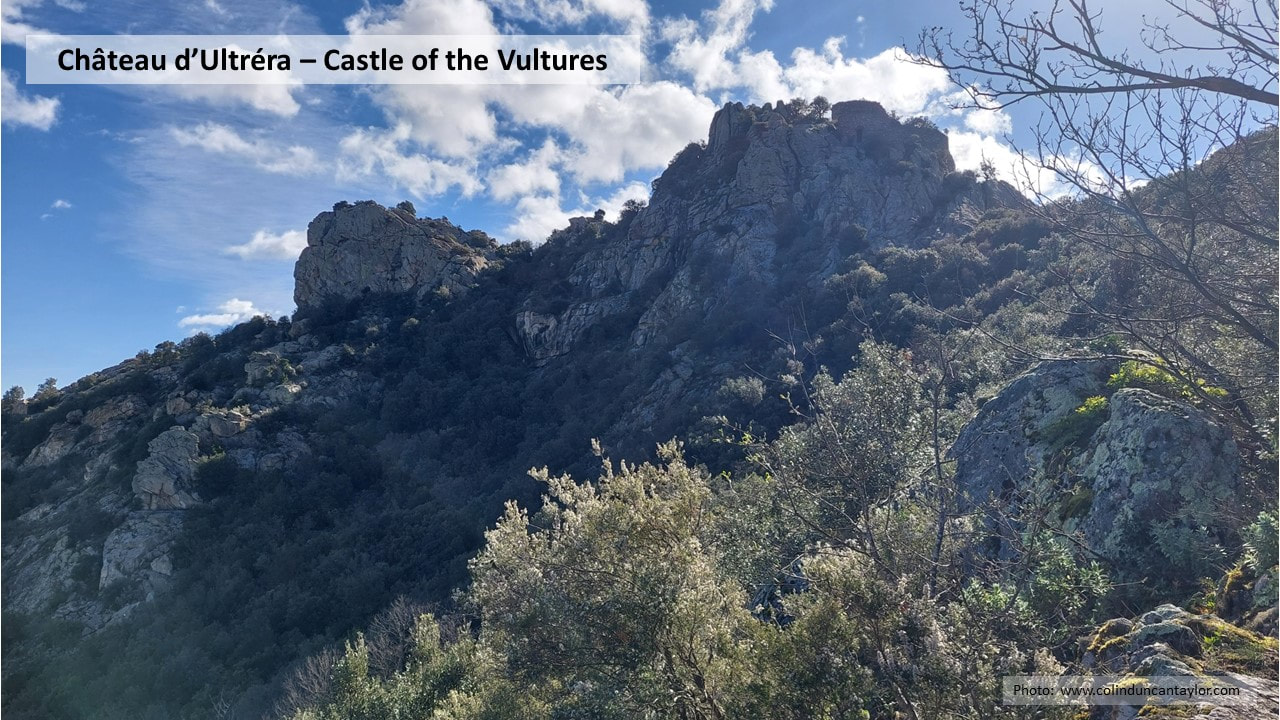
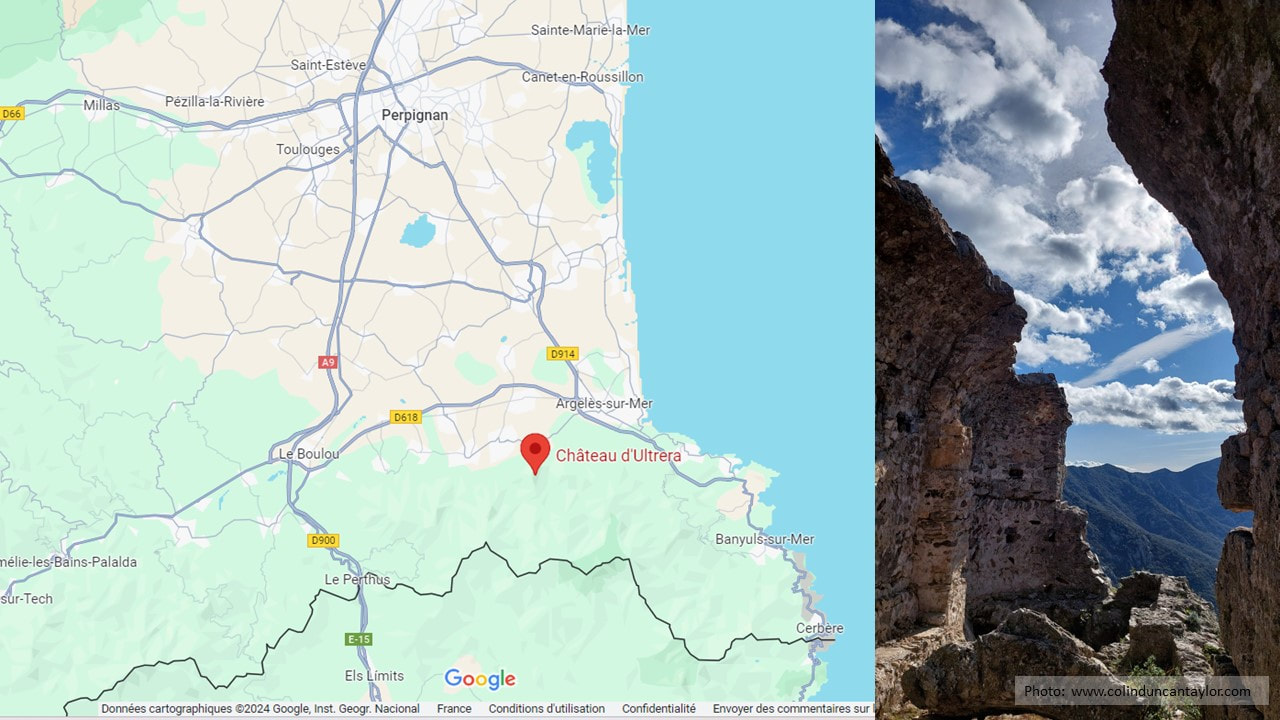
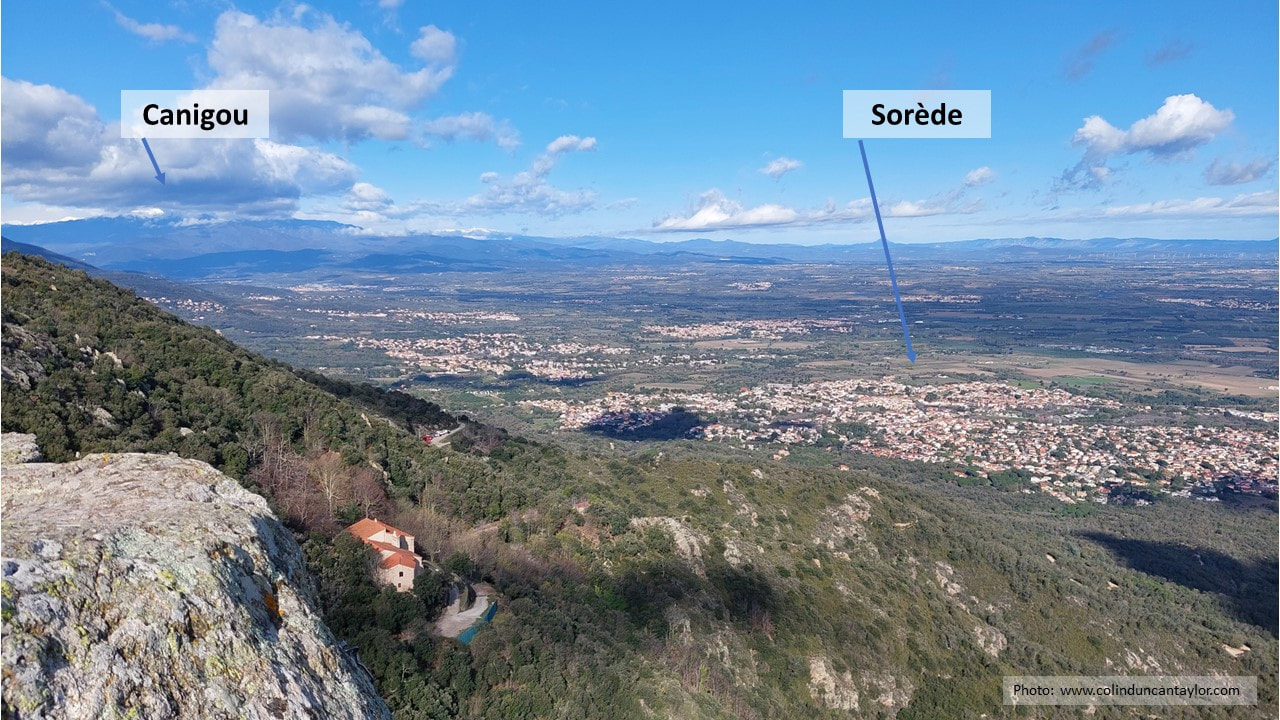
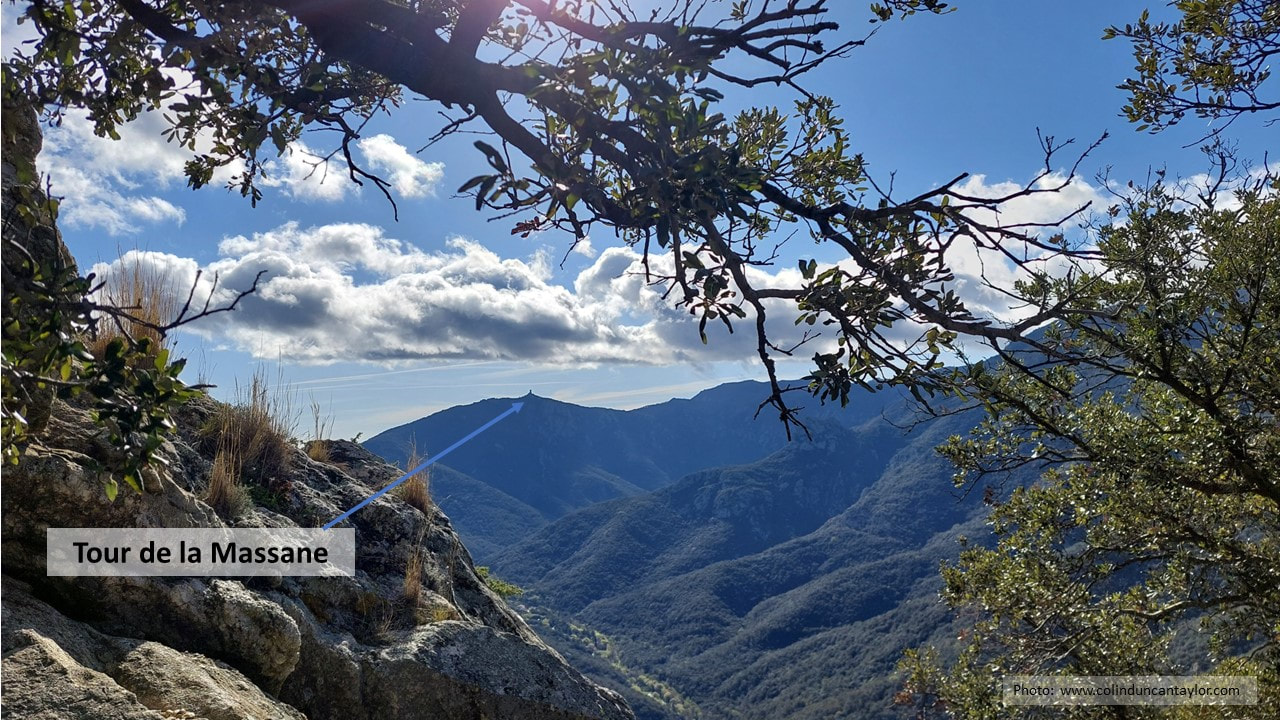
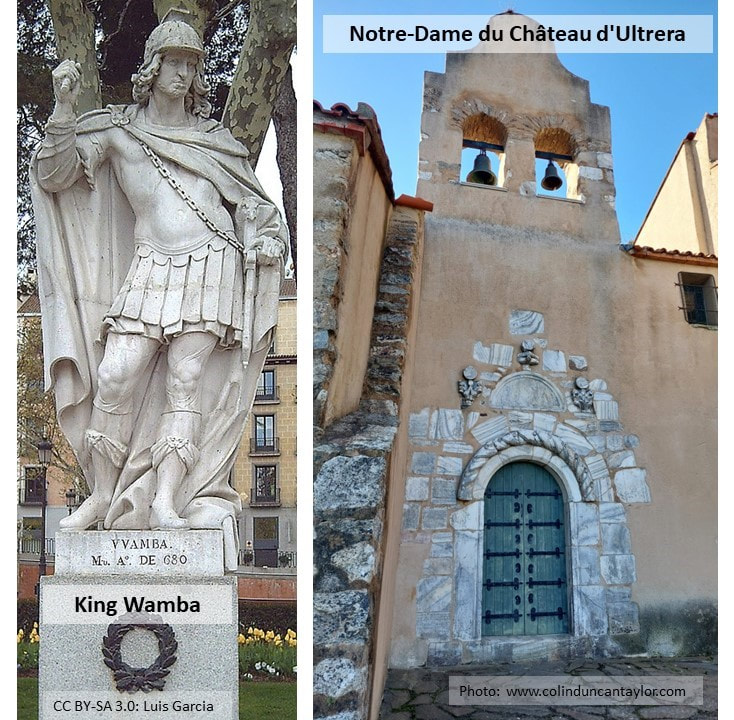
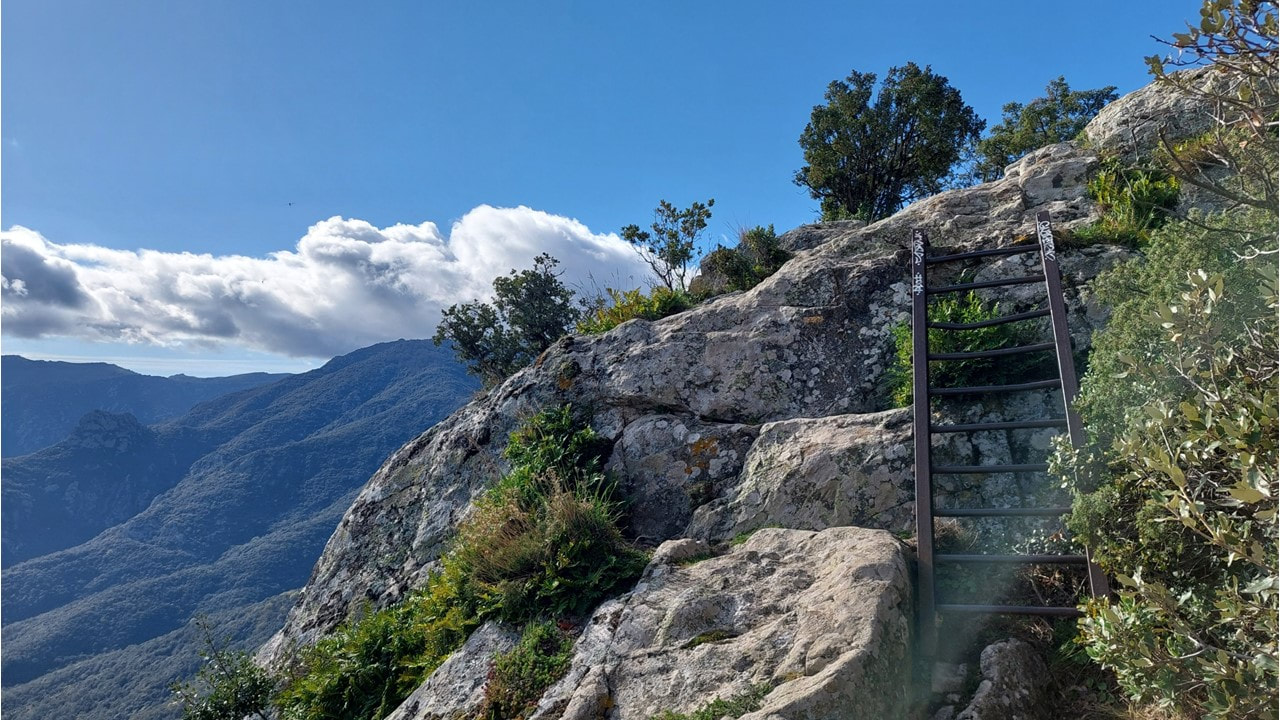
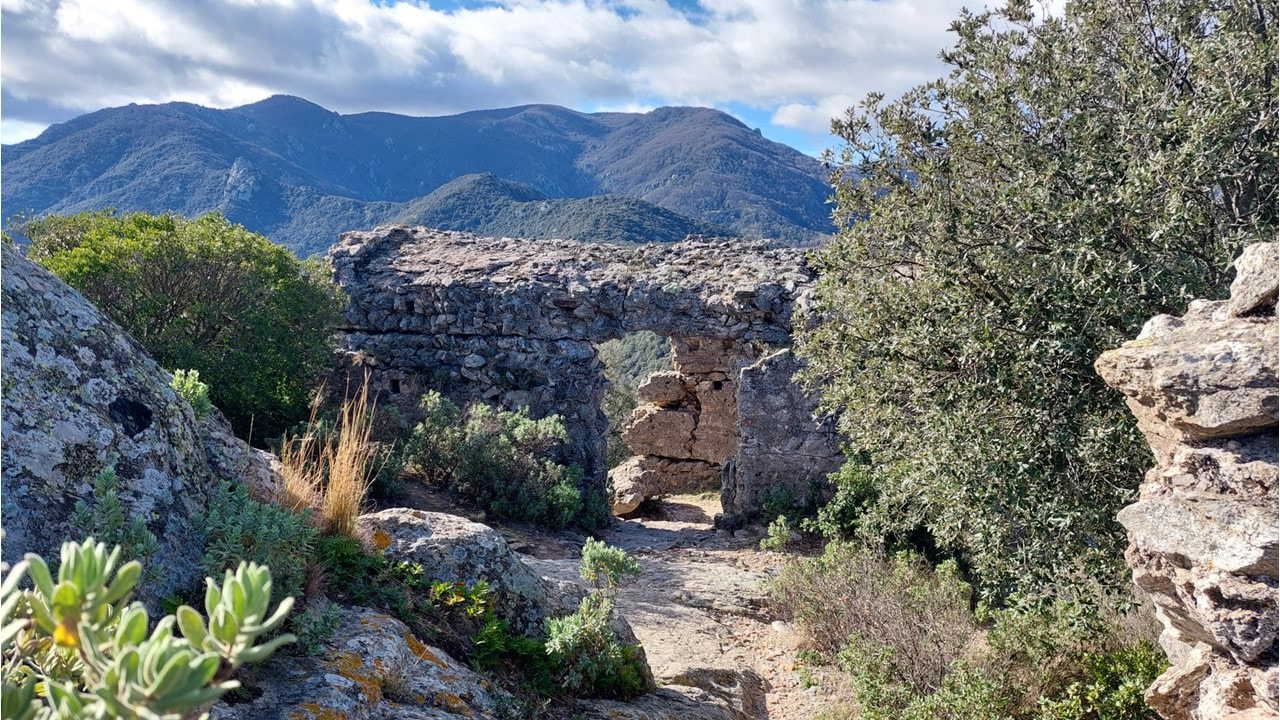
 RSS Feed
RSS Feed
